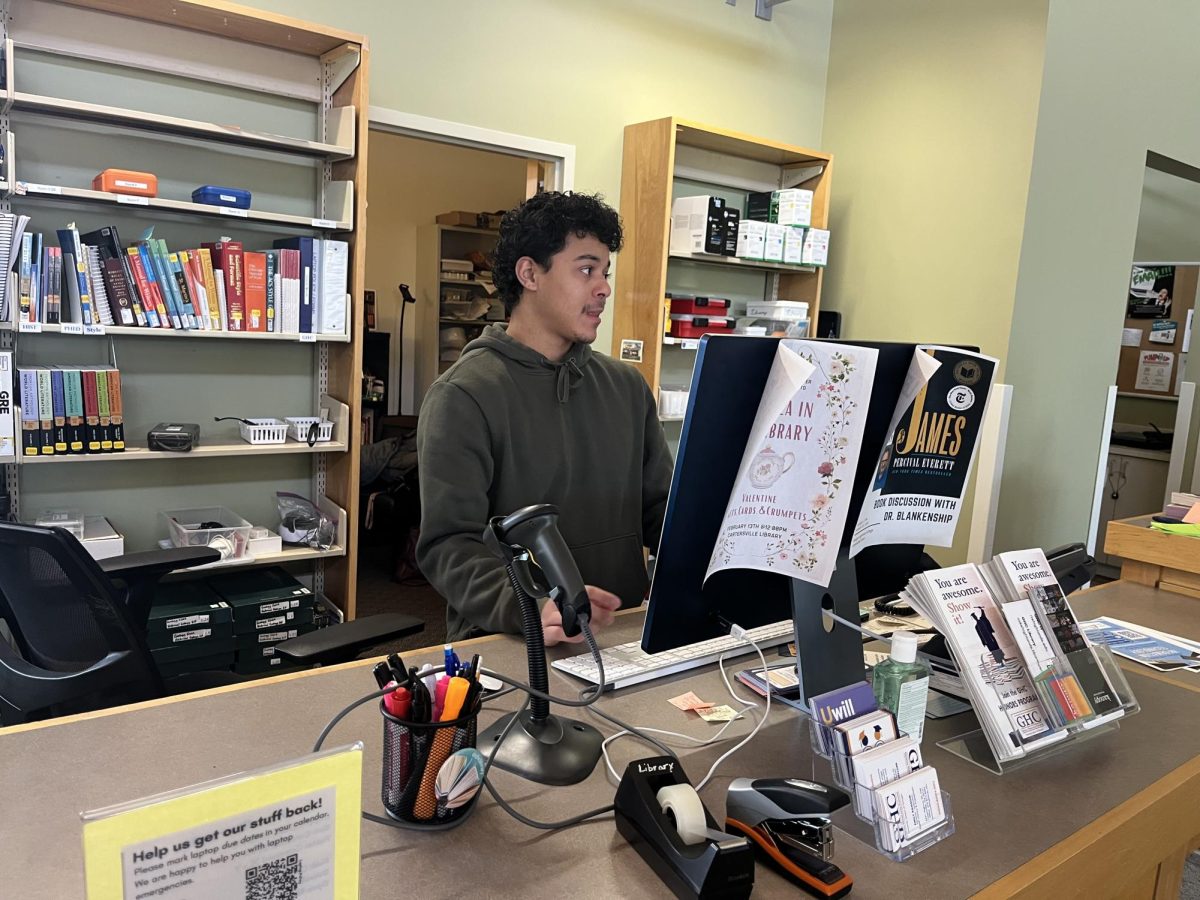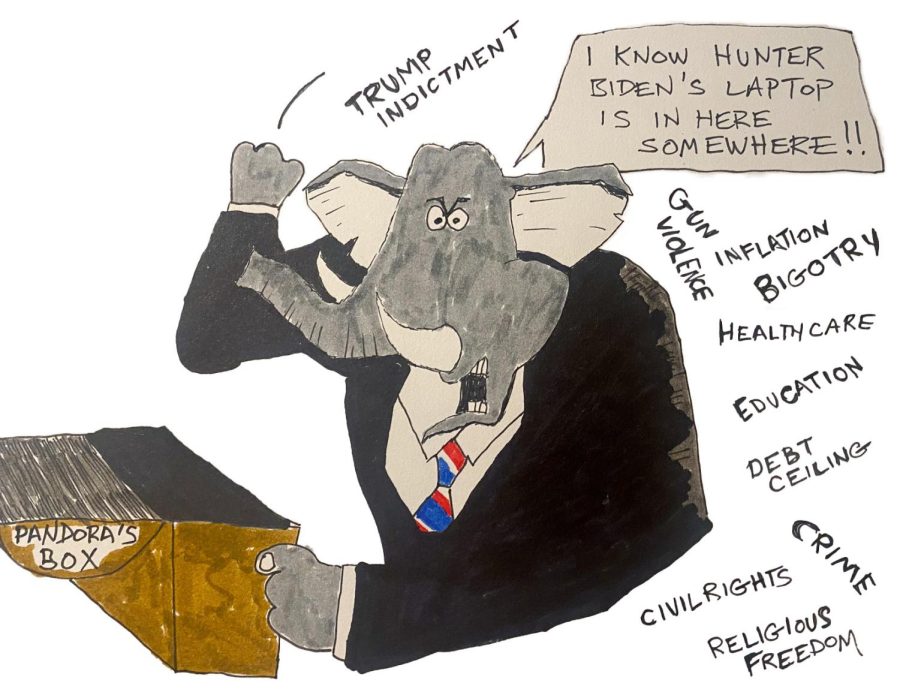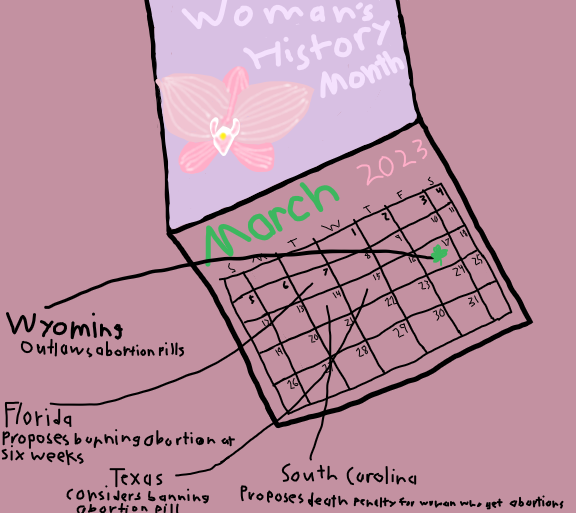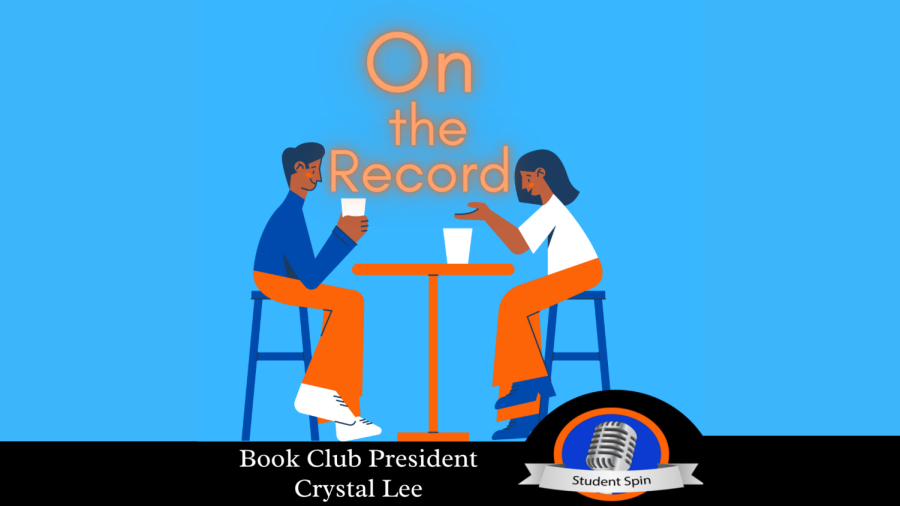The Spanish Activities Club honored Hispanic Heritage Month on Oct. 3 with an event where students read works by prominent Latino authors and poets, including Ada Limón, Pablo Neruda, Sandra Cisneros and José Martí. They also enjoyed music and popular refreshments from Latin culture.
“It’s a beautiful thing that we all get to come together and learn new things about other people’s cultures,” student Jada James said.
“I think it is a beautiful celebration of a culture that just loves family, the color of life and food,” Quinn Willoughby said. “It’s so important to remember different nationalities and celebrate that.”
The celebration of Hispanic Heritage Month covers a vast array of cultures and histories that have come together from many places in the world to create a vibrant part of America’s story.
According to the United States Census Bureau, as of July 1, 2023, the Hispanic population in the United States, totaling 65.2 million people, accounts for 19.5% of the total population, making it the nation’s largest racial or ethnic minority.

Independence days of Latin countries
Latinos and non-Latinos alike can celebrate the important role the community has played in crafting the American story in many ways. They can learn about the accomplishments of significant figures within the Latino community, such as those presented during the Spanish Activities Club’s reading event.
Mexican-American Ada Limón was the former U.S. Poet Laureate and the first Latina appointed to the position. Chilean-born Pablo Neruda is considered one of the most influential poets of the 20th century.
Fellow Mexican-American Sandra Cisneros has authored many works since her start in the 1980s, earning numerous literary accolades. José Martí was a poet and educator and is considered a national hero in his homeland of Cuba for advocating for independence from Spain.
Other ways to celebrate include immersion in Latin culture. “Our group chat did give a playlist of different songs and artists that inspired them,” student Sophie Hudson said. “That was fun to listen to and hear what they liked to listen to growing up and what was playing in their household.”
The first celebrations began in 1968 as a week-long observance and were later extended to start on Sept. 15, the anniversary of the independence of Costa Rica, El Salvador, Guatemala, Honduras and Nicaragua, continuing through Oct. 15 to include the independence of Mexico (Sept. 16), Chile (Sept. 18) and Belize (Sept. 21). Many countries in Central and South America also observe Día de la Raza, or Indigenous Peoples Day, on Oct. 12.
Although other countries recognized during Hispanic Heritage Month celebrate their independence at different times of the year, the festivities honor people with ancestry from a range of Latin American nations, including Argentina, Mexico, and Puerto Rico, among others.


































































